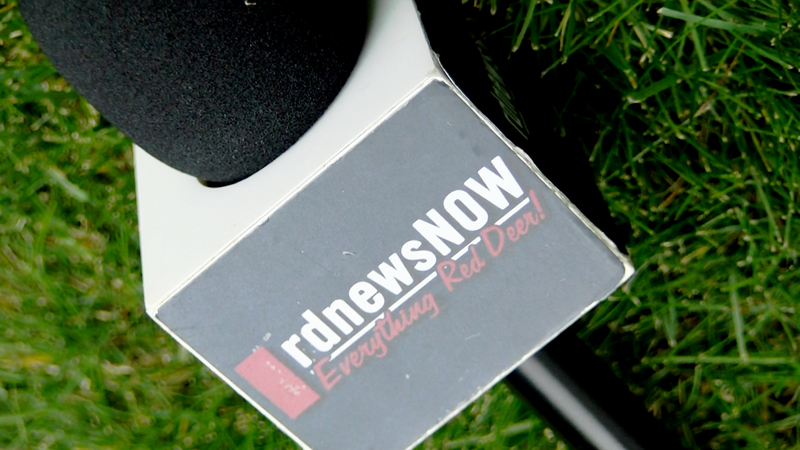
Busy year for Nature Conservancy of Canada in the Red Deer region
Another productive year is in the books for the Nature Conservancy of Canada (NCC), which undertook several projects in the central Alberta region in 2019.
Team members put a bow on the calendar in Red Deer this month selling blue spruce trees uprooted from a property near Pine Lake. The species is not native, and therefore is unhealthy to have growing near the native white spruce.
 Volunteers and NCC staff recently removed non-native blue spruce trees at a property in the Pine Lake area. They were later sold (by donation) for Christmas. (Nature Conservancy of Canada)
Volunteers and NCC staff recently removed non-native blue spruce trees at a property in the Pine Lake area. They were later sold (by donation) for Christmas. (Nature Conservancy of Canada)Time in 2019 was spent on many initiatives, including the management of other invasive species like Canada Thistle, which is all over, and the common buckthorn, which was picked and bagged with the help of volunteers at a property near Buffalo Lake.



